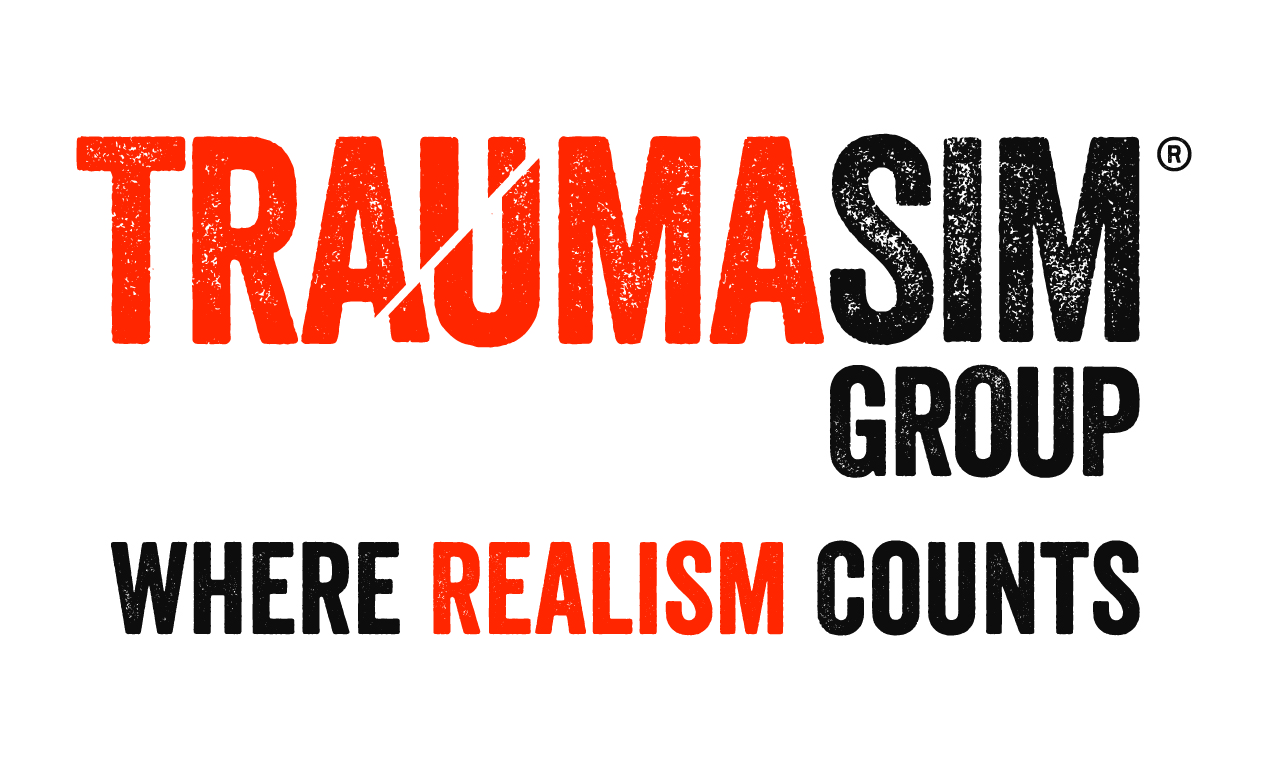23rd May 2022
Is it time to upskill our nation and make every Australian a first responder?
If your mate was bitten by a shark, would you know how to help until emergency services arrived?
Sadly, many Australians die from severe blood loss relating to trauma related injuries. Given how adventurous we are but how remote our location is, we’re asking – should all Australians learn how to use a tourniquet and haemostatic dressing?
Should someone you know suffer from an injury that is causing severe blood loss, and the haemorrhaging isn’t stopped, the casualty can bleed to death in just five minutes. However, St John WA’s promise to you is that they will arrive within 15 minutes during a life-threatening emergency in the metropolitan area or a maximum of 60 minutes in less urgent situations. And their current response times for attending to a priority 1 (emergency) call within 15minutes is met 90% of the time.
In 2000, the World Health Organisation (WHO) reported that worldwide, severe trauma results in the death of over 5 million persons annually and is projected to surpass 8 million annually by the year 2020. At that time, haemorrhage accounted for approximately 35% of the mortality from these traumatic injuries, and up to half of the deaths resulting from haemorrhage occur before reaching emergency care.
Given we are in Australia and have the dangers and risks associated with our great southern land, is it time to upskill our nation and make every Australian a first responder?
This year, more Australians have been killed in unprovoked shark attacks since 1934 and according to the Australian Shark Attack File, it has been 86 years since 6 people last died from unprovoked shark bites in a single year. In the video linked above, Rick Gerring lost his brother Ben to a shark attack and wishes he had known about bleeding control and tourniquet application as it may have just saved his life.
Whilst statistics show that road deaths in Australia decline each year, we have still had 1,107 deaths in the past 12 months. And due to the vast uninhabited areas linked by kilometres of highway across Australia that we travel along, an increasing number of truck drivers are finding themselves acting as accidental first responders, stumbling upon serious crashes in remote locations – often waiting 2 to 3 hours before paramedics arrive.
The above has identified that the more civilian bystanders who are trained in managing massive haemorrhage control using tourniquet application and haemostatic dressing, the more Australian lives can be saved.
In support of this, various initiatives as Stop The Bleed® which aims to teach ordinary people how to keep trauma victims alive whist waiting for emergency personnel and the collaboration between the Northern Territory Road Transport Association and Western Roads Federation to develop a program around “Industry Response to truck drivers as first responders in remote and regional Australia” are greatly assisting to fill this gap. But can we do more?
At TraumaSim, we’re passionate about realism in training as we know it improves student retention and prepares them for responding in real life situations and hence, we’re just as passionate about training itself.
As quoted from the video, Denise Dagley says “The only thing more tragic than someone bleeding to death, is if you could have prevented it”
If you’re a business looking to upskill your First Aid Officer(s) or a civilian looking to arm yourself with the skills & knowledge to save the life of a friend or family member, please refer to our training partners around Australia that may be able to assist you: Training Partners
If you're a First Aid Trainer looking to take your course to the next level, check out our range of task trainers that focus on haemorrhage control, haemostatic dressing and tourniquet training: Part Task Trainers

